By Dan Weisz
Enjoy some very different birds that I’ve seen over the past few weeks.
I’m not sure if this was the “bluebird of happiness” but I was sure very happy to see it. I was at Fort Lowell Park when someone told me there were Eastern Bluebirds in another section. I walked over and was pleased to locate them.
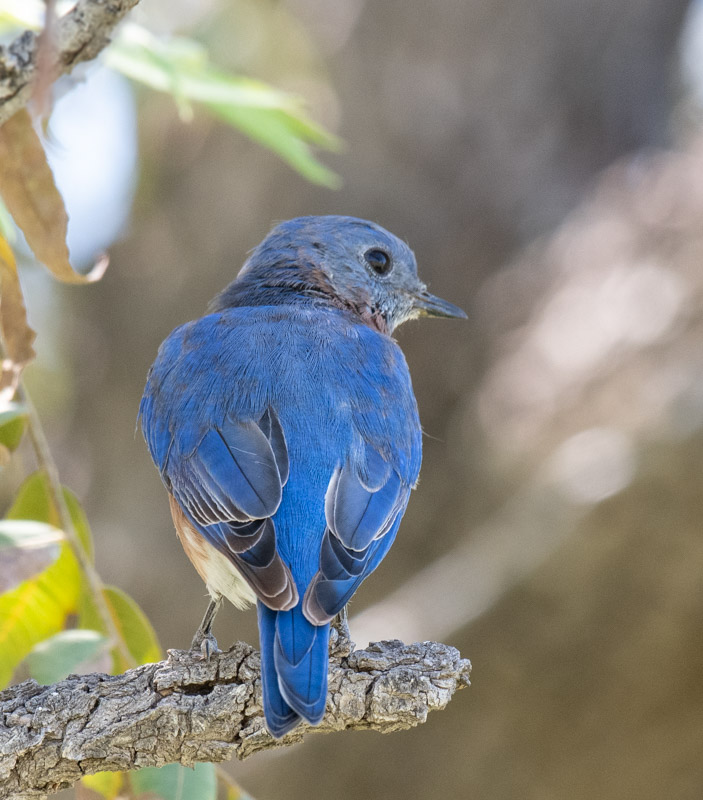
Eastern Bluebirds are rare in Tucson with Western Bluebirds more common. Male Eastern Bluebirds have a white belly and an orange throat.
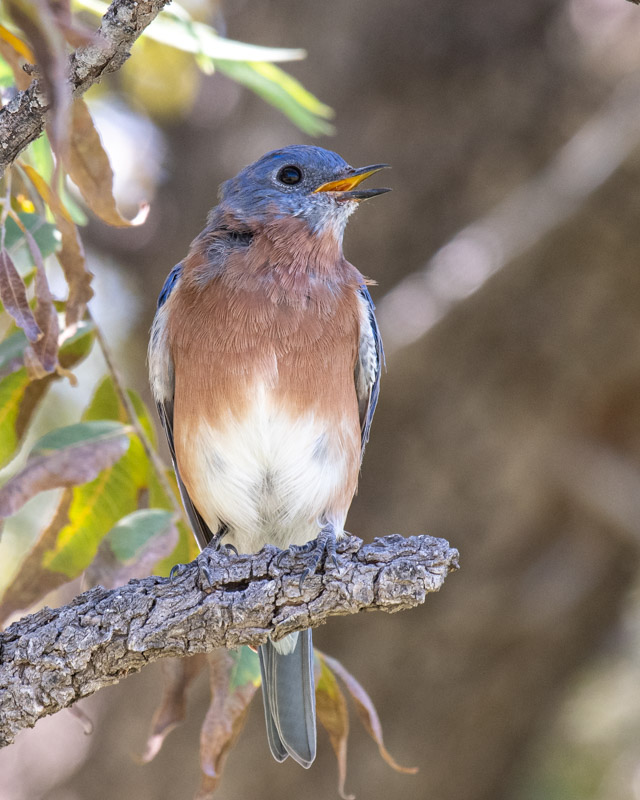
How can you not smile when you see this bird? For information on the ‘bluebird of happiness’, see https://en.wikipedia.org/wiki/Bluebird_of_happiness
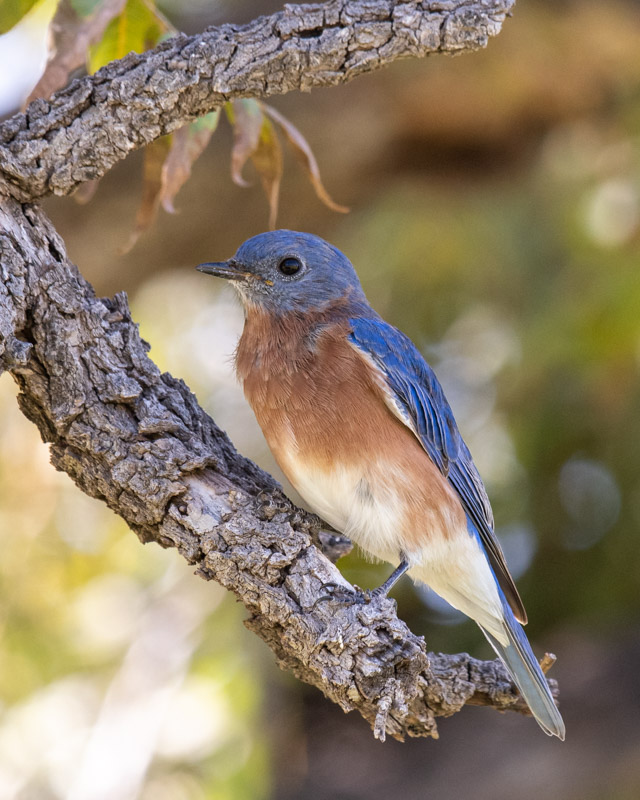
Green Herons are here year-round but need water and reeds or cattails to feel at home. This bird lives at a golf course in town.
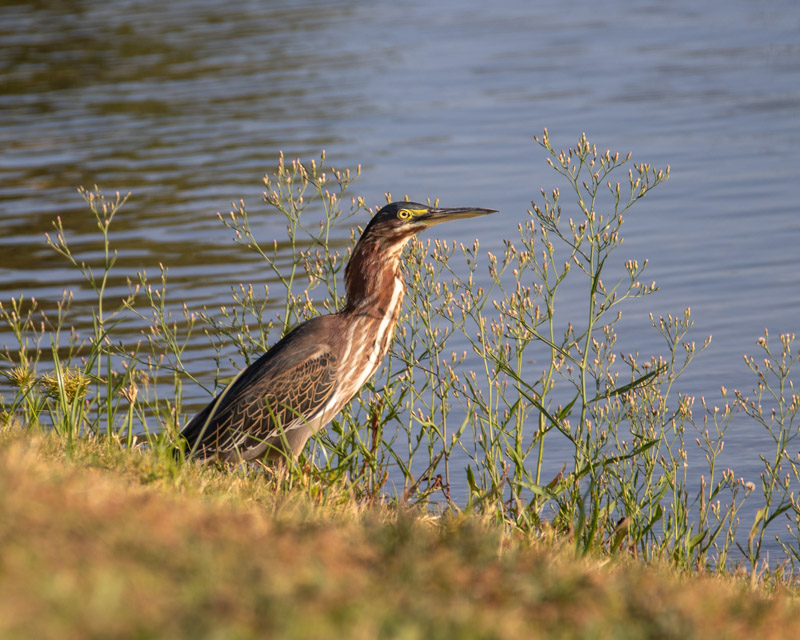
Common Ravens range throughout the western United States and are a glossy black bird. These are the Ravens we see flying over the Foothills. The Common Raven below is not so glossy. This is a young one whose adult feathers have not come in yet. During a very hot day, it kept returning to a mud puddle for some of the thirst quenching water.
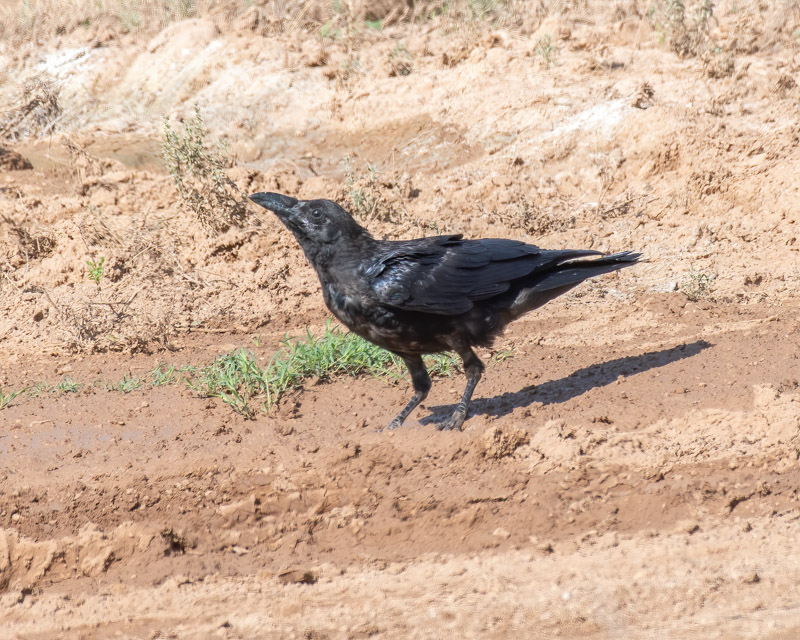
Eurasian Collared Doves are closely related to Mourning Doves and got their name from the black half-collar at the nape of their neck. Its name tells us that it wasn’t native to North America. It was introduced to the Bahamas in the 1970’s, made its way to Florida in the 80’s and then rapidly spread through most of North America. This one was seen in farmland in the Santa Cruz Flats.
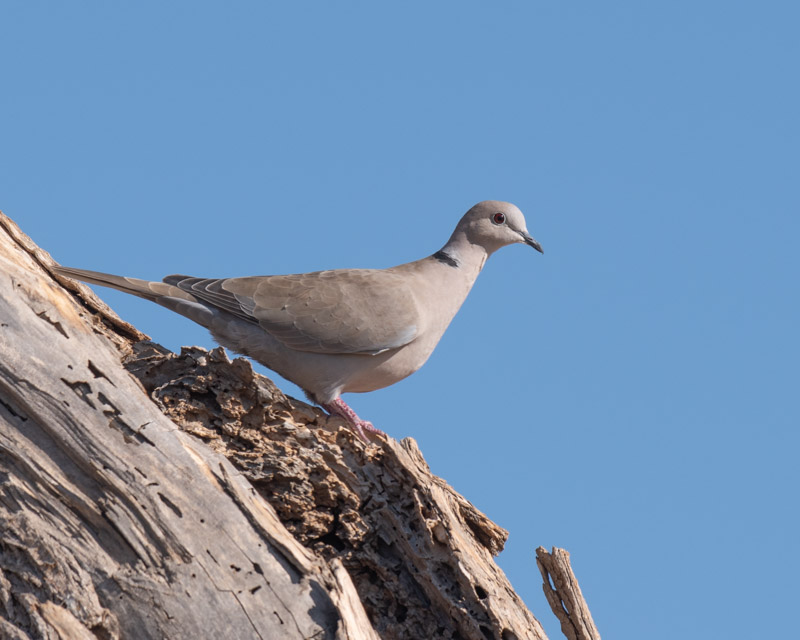
By now, Western Kingbirds have all flown south for the winter. A familiar bird to Tucson and the western United States in the summers, it often perches conspicuously both to hunt insects and to protect their territory.
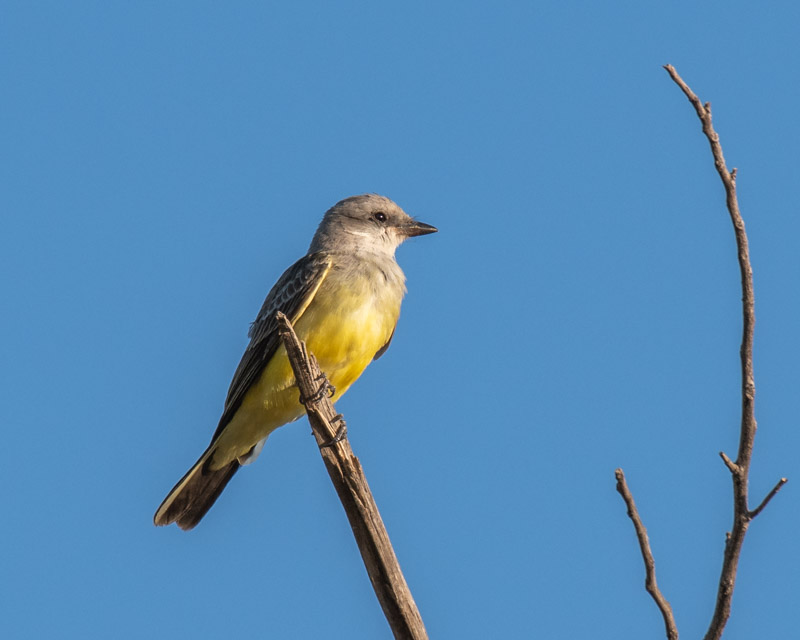
Western Kingbirds have lemon plumage on their bellies and ashy gray heads. The good ID for them is the white outer tail feathers visible in the shot below.
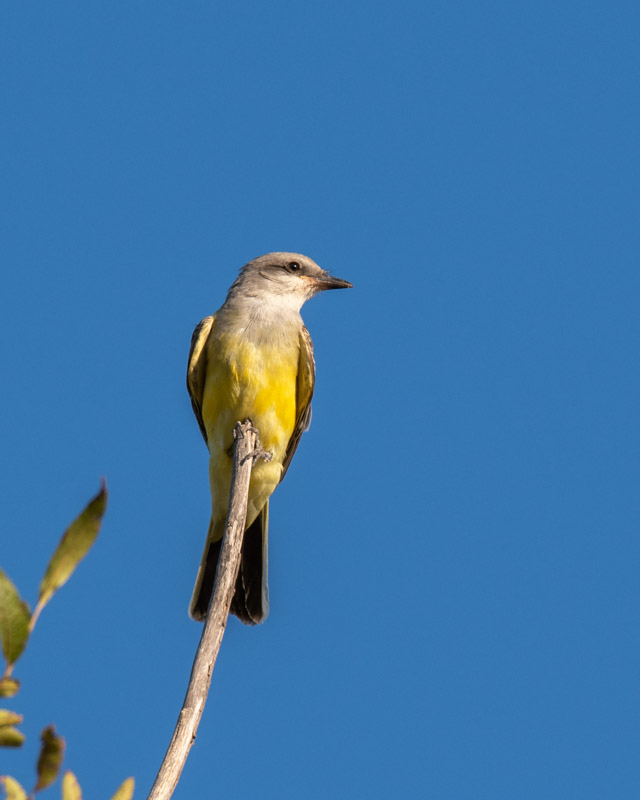
A special winter visitor is the Loggerhead Shrike. Although a year-round resident here, they are uncommon in the summer and much more common in the winter when migrants arrive. That black mask and hooked black beak fit its nickname of Butcher Bird: Loggerhead Shrikes will catch prey and then impale it on thorns or spines or barbed wire for later use.
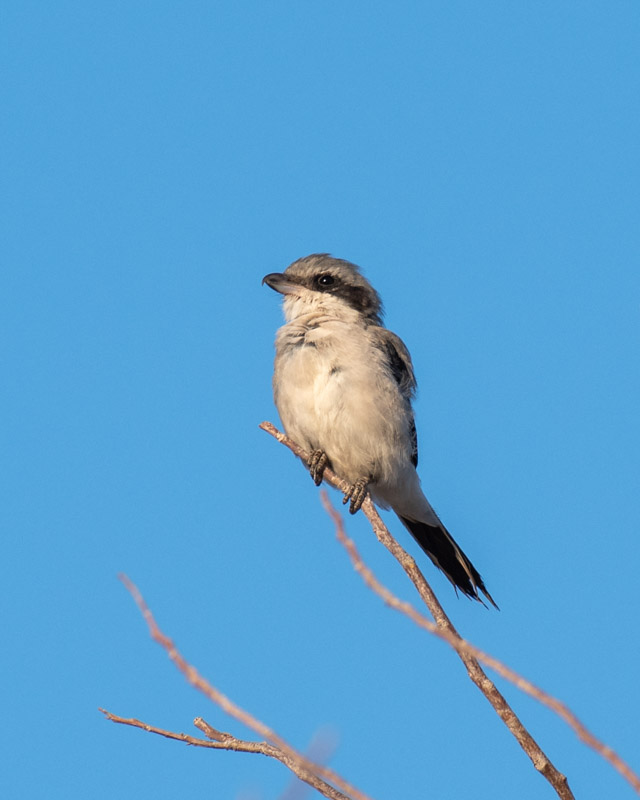
I came across an old favorite of mine, a Barn Owl in one of its favorite perches. https://www.desertmuseum.org/visit/rff_barnowl.php
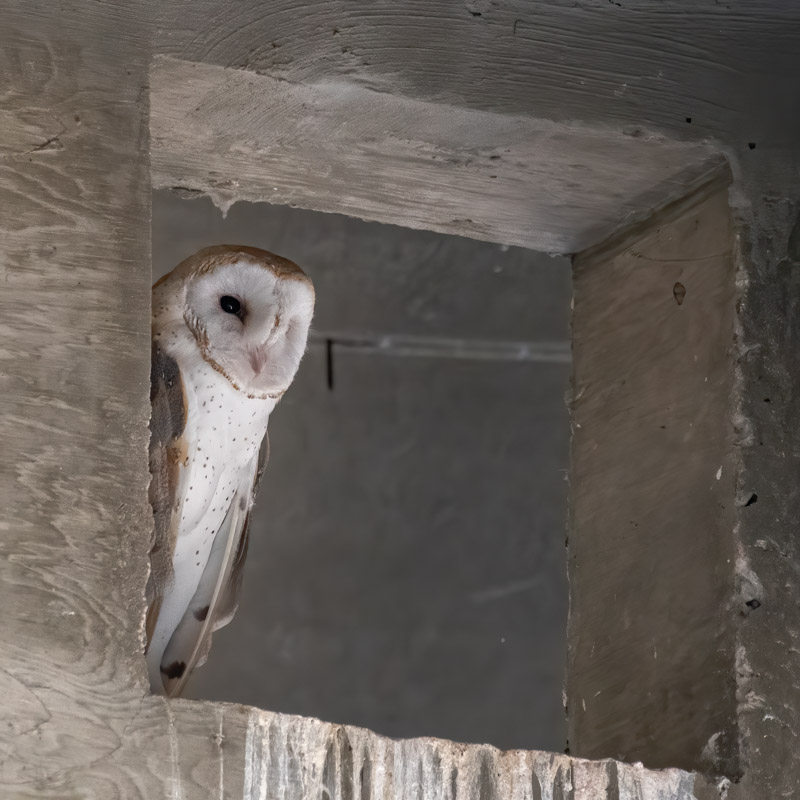
It flushed and flew to another nearby perch. I was able to get this photo but then left so as to not bother it anymore during the daytime. A sighting like this really makes my day.
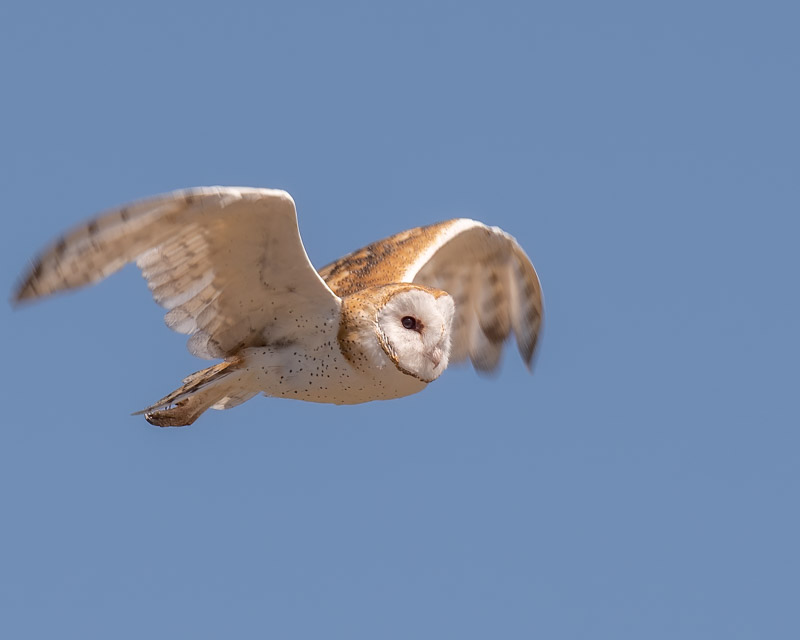
Those were some nice September birds. I hope to come across some good ones in October as well
